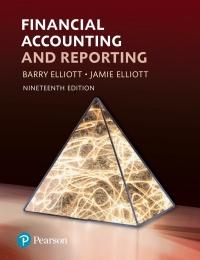
Problem 3. (15 points) The bank statement for Fagan Company indicates a balance of $8,000.20 on June 30. The company's cash account had a balance of $3,277.10. The following additional items were noted: Cash sales of $342 had been erroneously recorded on Fagan's records as S324. Deposits in transit at 6/30 totaled S600.00. Bank service charges were $20.00. The bank had collected a note of $3,000.00, plus $50.00 interest. An NSF (not sufficient funds) check in the amount of $717.40 was returned by the bank. . Checks outstanding totaled $2,992.50. Complete the following bank reconciliation: Balance per bank 6/30 Balance per firm 6/30 Adjusted Balance Adjusted Balance In the journal below, prepare the entry(ies) to record the necessary changes to Fagan's cash account. Debit Credit Page 2 Problem 1. (20 points) Perfect Corporation's fiscal year end is December 31. Perfect Corp. had a November 30 accounts receivable balance of $160,000 and an allowance for uncollectible accounts balance of S16,000 (credit)". December sales call on account) were $900,000. Perfect Corp. had the following unadjusted account balances on December 31: Accounts Receivable Allowance for Bad Debts $125,000 $ 1,000 (credit)* "Amounts are entered in the table on the following page. During the year, Perfect estimated its bad debts would be 1% of sales. A December 31 aging of the accounts appears as follows: Uncollectible % 2% Current 1-30 past due 30-60 past due > 90 past due Amount 65,000 30,000 20,000 10,000 10% 20% 50% On the following page complete the shaded boxes to: 1. Record the sales for December Record the estimated bad debts for December Record the accounts receivable write-offs for December. (You have to solve for this.) Record the cash collections for December. (You have to solve for this.) On December 31, Perfect Corporation's management used the aging method to estimate its uncollectible accounts receivable. Record the appropriate adjustment. 6. Provide the 12/31 adjusted balance for Accounts Receivable and the Allowance for Bad Debts. (Hints: Follow the steps in order. Consider determining balances in the row after each transaction-this can help you solve for 3 and 4.)








